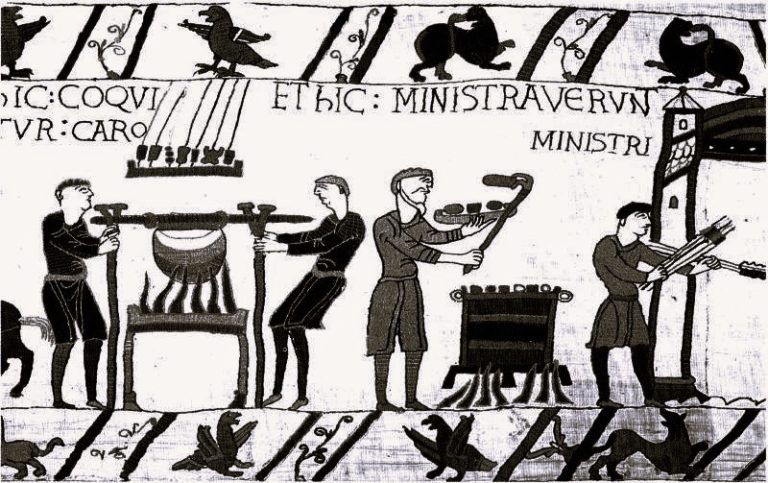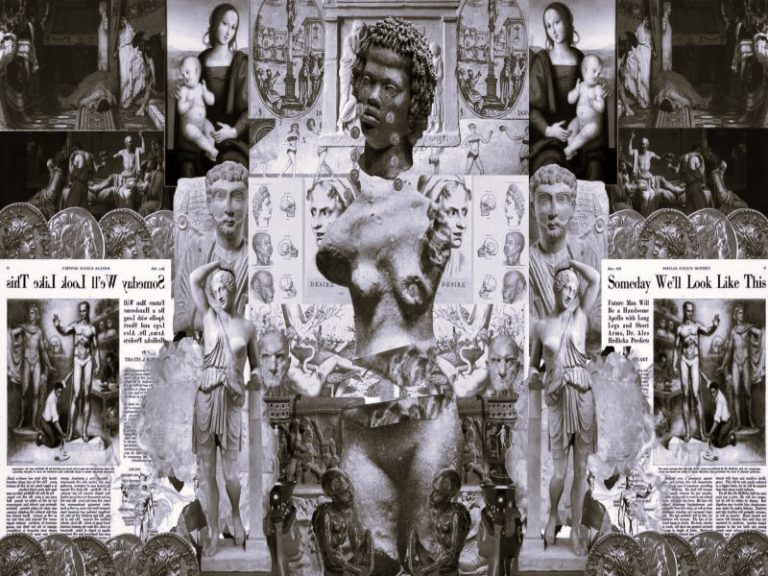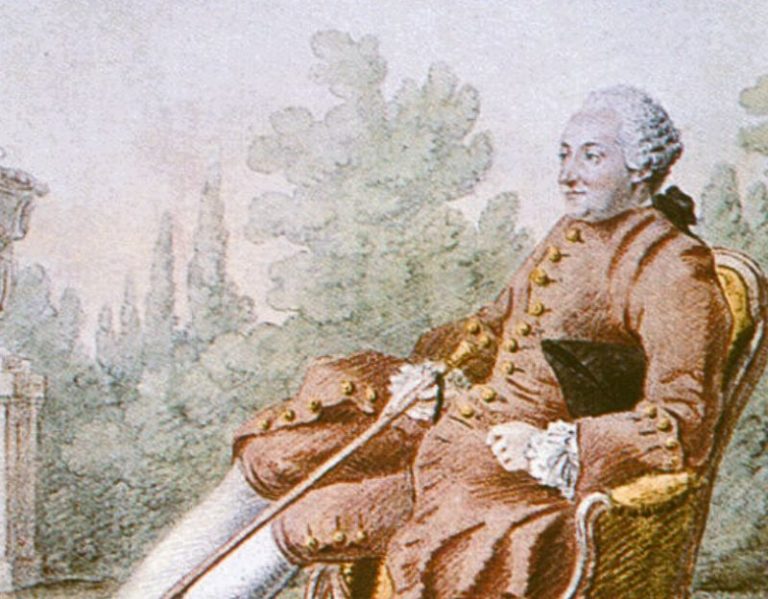
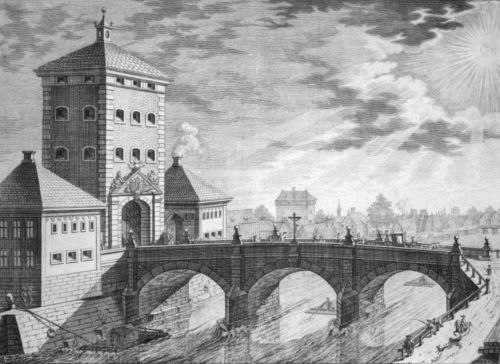
Starting in the Middle Ages, a large part of Munich’s economy depended on the rafting trade along the Isar.

By Dr. Georg Jochum
Postdoc in the Sociology of Science
Technical University of Munich (TUM)
The construction of a bridge over the Isar River (at the location of today’s Ludwigsbrücke) was a crucial factor in the foundation of the city of Munich in 1158 under Henry the Lion (1129–1195).
In the beginning, the city of Munich held the only bridges over the Isar River, as well as controlling the waterway. In the following centuries, the river was transformed for various economic reasons, mostly with the goal of regulating the natural river processes. The river was channeled into a multi-branched network of streams and mill canals. These artificial channels were intended to protect the city, as well as providing water for drinking and sewage. Various trades also made use of the river; at the end of the nineteenth century there were 142 mills powered by the water of the Isar.
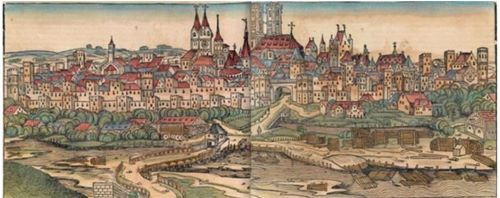
Starting in the Middle Ages, a large part of Munich’s economy depended on the rafting trade along the Isar, which transported timber, firewood, and chalk from the surrounding forests. Many rafts also carried goods that had been imported by wagoners to the Alpine town of Mittenwald: figs and wine from Italy and pepper, cinnamon, and incense from Asia and Arabia crossed the Alps and arrived in Munich via the Isar. The oldest picture of Munich, published in Schedel’s Weltchronik (above), includes a clear depiction of the rafts in the foreground, reflecting the significance of the rafting trade for Munich at that time. For a while Munich’s rafting port was the largest rafting harbor in Europe and the first major settlements and commercial activities were located around the trading center near the river port.
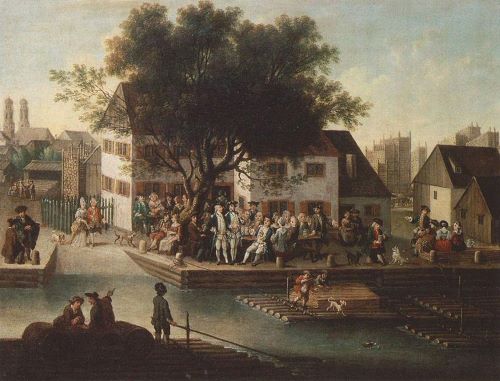
An important fuel that was also transported to Munich on the Isar was charcoal. A variety of trades—in particular the metalworking industry—required large amounts of charcoal. By 1873, rafts delivered more than 32,000 hundredweights of charcoal to Munich annually. The coal was stored on the so-called “Kohleninsel” (coal island), just next to the Ludwigsbrücke.
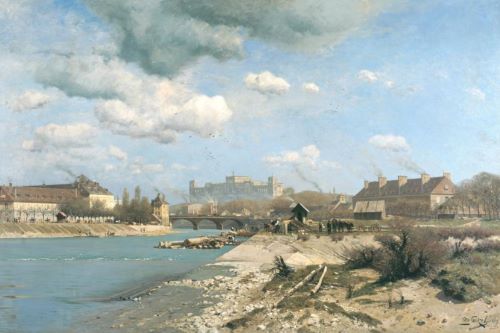
Over a long period of time it was this anthropogenic use of the Isar which created a preindustrial sociotechnical system. However, with the beginning of industrialization in Munich at the end of the nineteenth century, this traditional system changed into a new industrial sociotechnical system within just a few decades. Soon, the rafting trade had to face fierce competition from the railway system. And another transformation of the Isar occurred: it was turned into a resource for hydroelectric power production.
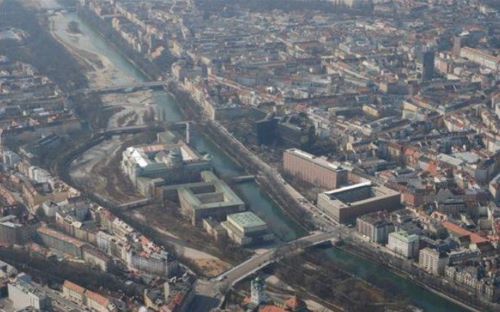
When Munich’s museum of science and technology, the Deutsches Museum, opened in 1925, it was located quite fittingly upon the former Kohleninsel. Its founder, Oskar von Miller, also managed the construction of the Walchensee Power Plant further up the Isar. The museum and the hydroelectric plant, which started operation in 1924, can be regarded as symbols of the technological and economic metamorphosis of Munich and Bavaria as a whole.
Further Reading
- Jochum, Georg. “Die Utopische Insel—zum historischen Wandel von Nutzung und Gestaltung der Münchner Museumsinsel.” In Die neue Isar, edited by Ralf Sartori, 22–53. Munich: Buch & Media, 2010.
- Plessen, Maria-Louise, ed. Die Isar—Ein Lebenslauf. Munich: Hugendubel, 1983.
- Rädlinger, Christine. Geschichte der Isar in München. Munich: Franz Schiermeier Verlag, 2012.
Originally published by Arcadia: Explorations in Environmental History, 18 (2013), under a Creative Commons Attribution 4.0 International license.
